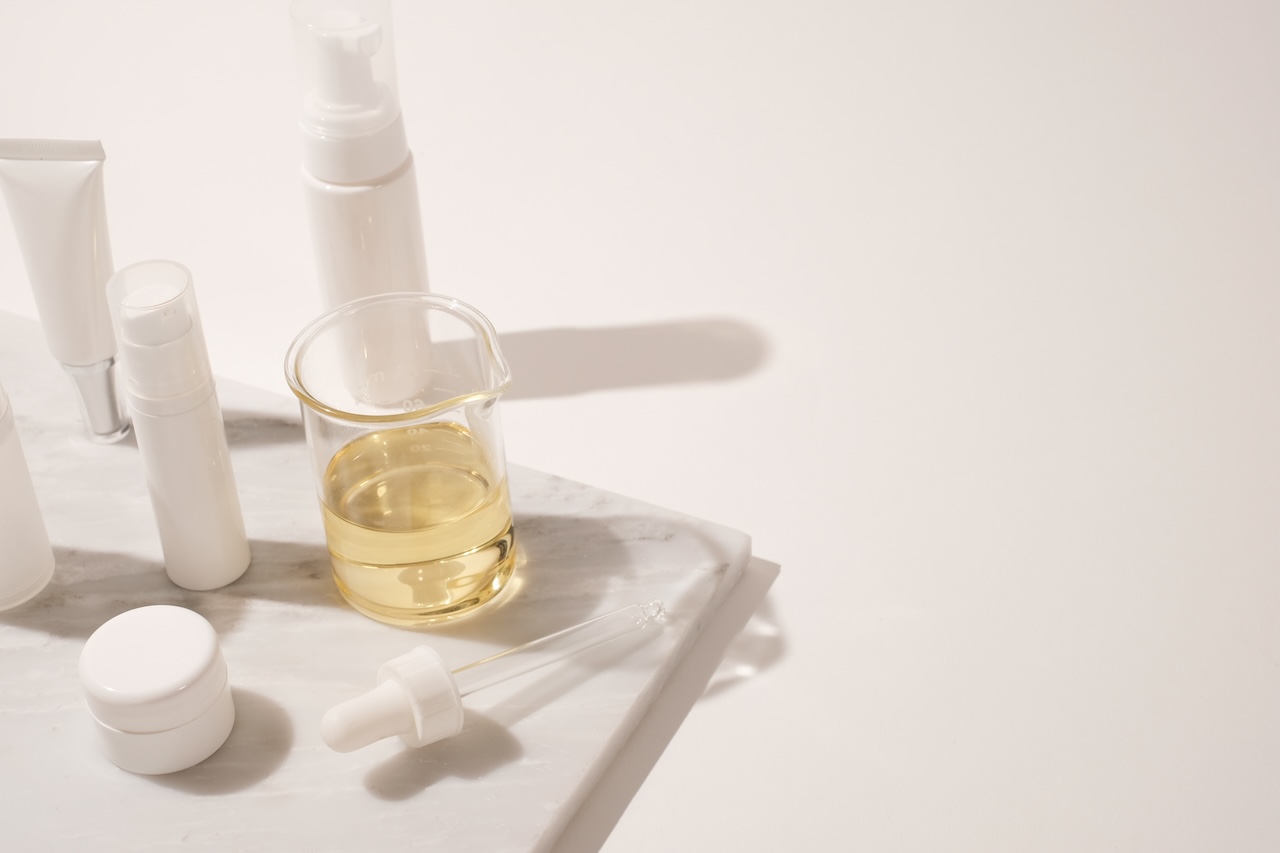- ABOUT US
- CONDITIONS
- TREATMENTS
- Injections
- Botox
- Sculptra
- Topicals
- Sun Protection
- Strong Retinol
- Antioxidants
- Lasers & Devices
- Bela MD Facial
- Intense Pulsed Light (IPL)
- Laser Hair Removal
- Microneedling
- Pinpoint Electrocautery
- Platelet Rich Plasma (PRP)
- RF Microneedling
- Medical Dermatology
- Benign Skin Growth
- Cryosurgery
- Medical Skin Exam
- Gallery
- Pricing
- Contact Us

Retinol has long been hailed as a miracle ingredient in skincare. From reducing fine lines to improving skin texture, this vitamin A derivative seems to do it all. And if a little retinol is good, stronger retinol must be better, right? Well, the answer is a little more nuanced than yes or no.
Here, we’ll break down the benefits of retinol, explore the different retinol strengths, and guide you on how to choose the right retinol strength for your skin.
Why Use Retinol?
Retinol has earned its place as a gold standard in skincare for good reason. This powerful ingredient boosts cell turnover, stimulates collagen production, and evens out skin tone, providing significant improvement in wrinkles within 12 weeks of regular use. It’s no wonder this ingredient is often referred to as the key to unlocking youthful, radiant skin.
Retinol is particularly effective against:
- Fine lines and wrinkles
- Hyperpigmentation
- Acne and acne scars
- Uneven skin texture and tone
But not all retinol products are created equal, and with an abundance of over-the-counter (OTC) options, prescription retinoids, and varying concentrations, it’s important to know how to choose the best option for your skin.
Different Retinol Strengths Explained
Retinol is available in a variety of strengths, with the concentration listed on the label. Typical retinol products range from 0.01% (low strength) to 1% (high strength). Here’s a breakdown of what you can expect at each level:
- Low Strength (0.01%-0.3%): Perfect for beginners or those with sensitive skin. Low-strength retinol typically causes less irritation while still offering mild skin-improving benefits over time.
- Medium Strength (0.3%-0.5%): Ideal for those familiar with retinol who want faster results. It’s a good balance of efficacy and tolerability.
- High Strength (0.5%-1%): Aimed at seasoned retinol users, this packs a punch in wrinkle reduction and skin renewal but comes with a higher likelihood of dryness, redness, and irritation if used improperly.
The delivery system of retinol, whether it’s in the form of a serum, cream, or even capsule, can also have a great impact on its effectiveness. Some retinols are more efficient at ensuring the retinol reaches the deeper layers of the dermis, where it is most effective in stimulating collagen production and cell turnover—and some can raise or lower the risk of irritation or side effects.
That means choosing the right combination of retinol strength and delivery system is key to achieving optimal skin benefits without unnecessary irritation. It’s important to note that each skin type is different, and what works for one person might not work for another.
How Stronger Retinol Affects Your Skin
A stronger retinol might sound appealing—after all, who doesn’t want faster results? However, higher concentrations of retinol can come with side effects such as dryness, peeling, and sensitivity, especially if your skin isn’t used to it. Misuse or overuse can lead to irritation, which, ironically, can delay your progress by damaging the skin barrier.
Stronger formulations are not necessarily better for everyone. Even seasoned skincare enthusiasts should proceed with caution and introduce retinol into routines gradually.
When Stronger Retinol Isn’t Better
For certain individuals, stronger retinol isn’t just unnecessary—it may be counterproductive. If you have sensitive or reactive skin, starting with a high-strength product can lead to inflammation and discomfort. Likewise, if you’re pregnant, nursing, or using specific medications that increase skin sensitivity, it’s best to avoid high-strength retinol altogether.
It’s also worth mentioning that visible results don’t necessarily require the highest concentration. Lower strengths, applied consistently, can yield similar outcomes without the unpleasant side effects.
Choosing the Right Retinol Strength for You
Here are some tips to help you decide which strength is right for you:
- Start Low and Go Slow: Begin with a low-strength retinol to allow your skin to build tolerance. Apply it once or twice a week and gradually increase frequency as your skin adapts.
- Pay Attention to Your Skin Type: Those with dry, sensitive skin may benefit from sticking to a gentle, low-strength option, while those with oily or acne-prone skin can often tolerate higher concentrations.
- Listen to Your Skin: If you experience excessive dryness, redness, or irritation, scale back usage or switch to a lower strength. Your skin’s response is the best indicator of whether your chosen retinol strength is suitable.
- Consult a Skincare Expert: For personalized guidance, visit Cope Cosmetic Dermatology in Utah County. Retinol is all about finding the right match for your skin, and our skin specialists can help you select the ideal product for your specific needs.
Turn to Cope Cosmetic Dermatology for Expert Advice
Whether you’re just beginning your retinol journey or looking to step up to a higher concentration, understanding how retinol strength affects your skin is key to achieving healthy, glowing results. For trusted advice and personalized skincare plans in Highland, Utah, visit Cope Cosmetic Dermatology. We’re here to guide you every step of the way.
Take the guesswork out of your skincare routine, and join the retinol revolution in Highland. Our team is dedicated to helping you restore your natural beauty and feel confident in your skin. Book your appointment today!
Dr. Austin Cope, MD, MBA
Restoration, not augmentation.
That’s Dr. Cope’s philosophy when it comes to skincare. As a board-certified dermatologist, he guides his patients to the best skin of their lives. A big believer in daily habits and routines, he knows what works and what doesn’t. Dermatology and skin care can be very confusing and complicated. He loves to simplify and teach his patients about what really works. He creates customized plans and accountability to deliver the best results possible. Dr. Cope received advanced training from some of the best dermatologists in the US and Canada. He has treated thousands of patients and loves to teach and connect with each person.



